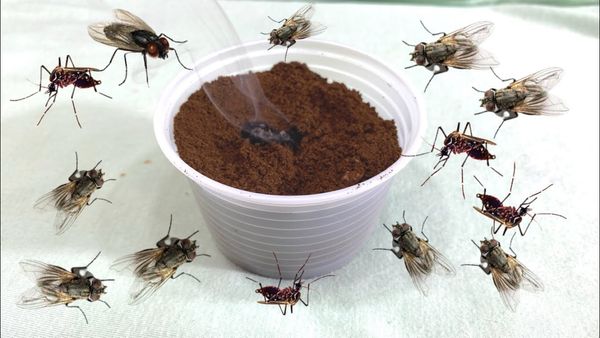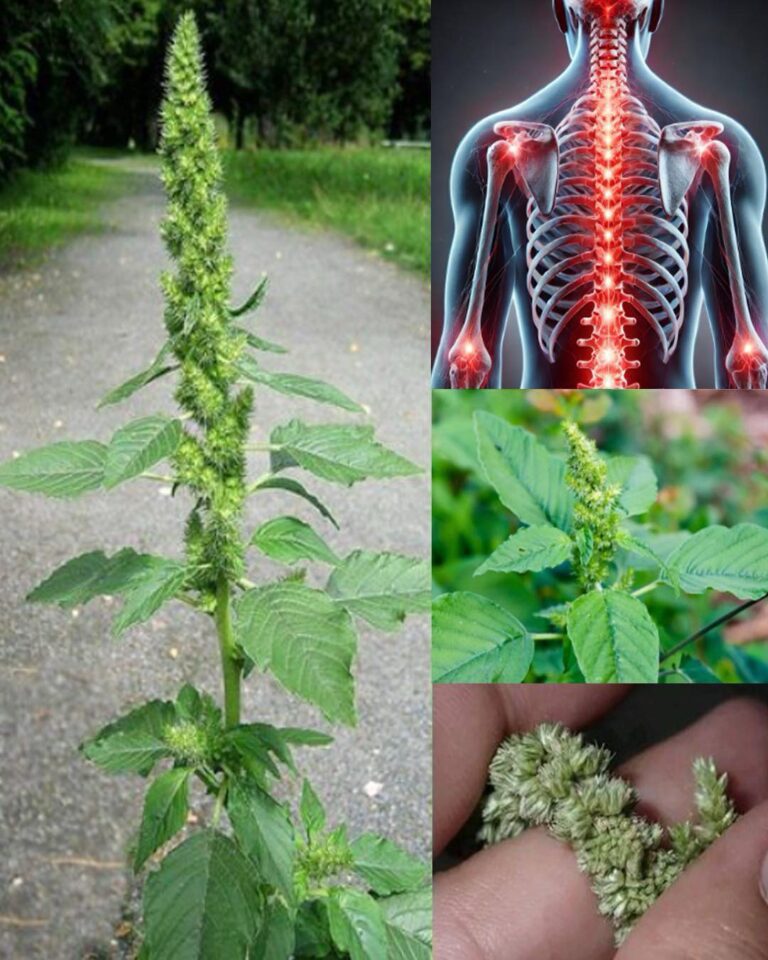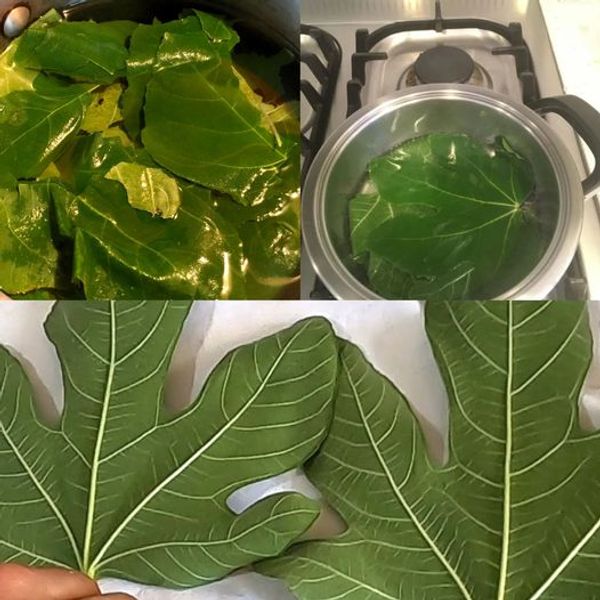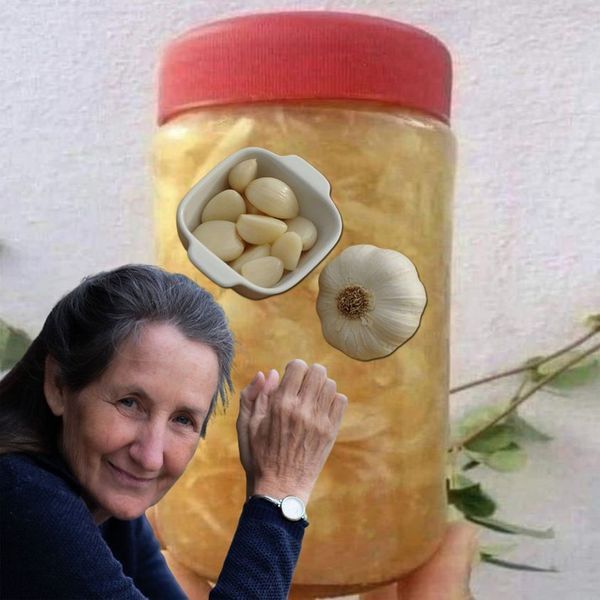Starting your day with raw garlic might sound a bit unusual, but this practice can offer numerous health benefits that might make you reconsider its pungent punch. Known for its powerful medicinal properties, garlic has been used for centuries to treat various ailments. Here’s why incorporating raw garlic and water into your morning routine could be a game changer for your health.
1. Boosts Immune System
Garlic is a natural immune booster. It contains compounds like allicin, which are known to enhance the disease-fighting response of white blood cells in the body when they encounter viruses, such as the common cold or the flu. Starting your day with garlic could help fortify your defenses against these common illnesses.
2. Improves Heart Health
Garlic has significant cardiovascular benefits. It helps lower blood pressure and cholesterol levels, which are key factors in preventing heart disease. The allicin in garlic also helps to prevent blood clotting, which reduces the risk of stroke and heart attack.
3. Natural Detoxifier
Raw garlic is excellent for detoxification. It contains sulfur compounds that help activate liver enzymes responsible for expelling toxins from the body. A morning dose of garlic can help cleanse your system, enhancing overall health and vitality.
4. Supports Digestive Health
Garlic not only boosts your immune system but also your digestive health. It has antibacterial and antiseptic properties, which help combat gut infections and support healthy gut flora. It also aids in digestion and can help alleviate bloating and other digestive discomforts.
5. Promotes Healthy Skin
Garlic’s antioxidants and anti-inflammatory properties can do wonders for your skin. Consuming garlic can help combat the oxidative damage from free radicals, reducing signs of aging and improving skin health.
How to Incorporate Raw Garlic and Water into Your Morning
- Simple Start: First thing in the morning, chew a fresh clove of garlic and follow it with a glass of water. If chewing garlic is too intense, you can mince it and swallow with water.
- Garlic Tea: Crush a clove of garlic and let it steep in hot water for several minutes. Drink it like a tea—you can add honey or lemon to improve the taste.
- With Honey: Combine minced garlic with a teaspoon of honey. This mixture can reduce the intensity of raw garlic and add extra antibacterial benefits.
Precautions
While garlic is incredibly beneficial, it’s not for everyone. Consuming raw garlic can cause irritation in the digestive system for some people, and it’s potent enough to interfere with certain medications. Always consult with a healthcare provider before starting any new health regimen, especially if you have a medical condition or are taking prescription drugs.
Incorporating raw garlic into your morning routine could be an excellent way to enhance your overall health. With its natural medicinal properties, it’s a simple addition that can lead to significant benefits. Give it a try, and you might just find it’s the boost your body has been looking for!









